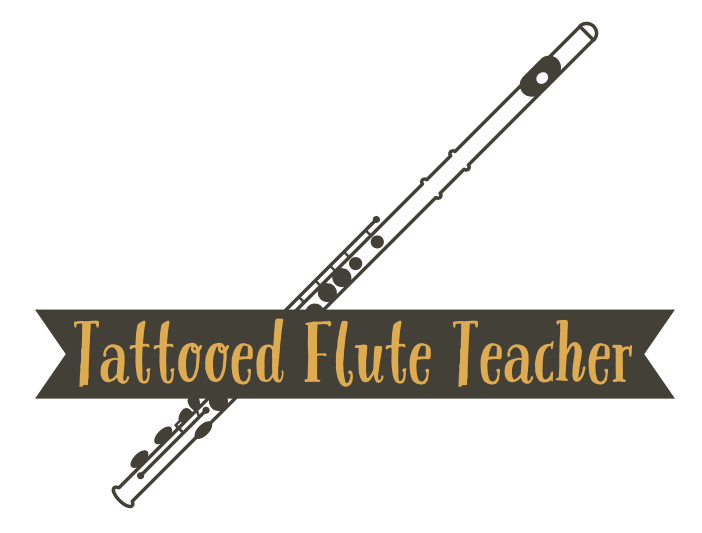Choosing the Right Music Teacher
Choosing the right music teacher sounds pretty scary, right? These days there are so many options between online teachers, in person, and teaching yourself. It doesn’t have to be that scary, though, so let’s break it down into a few steps by asking yourself some questions first:
What format do I, or my student, learn best?
What type of encouragement do I or my student need?
What are my or my students strengths and weaknesses?
First and foremost, format. These days there are tons of ways to learn. You can find and instructor online, in person (that drives to you or you come to them), and just trying to teach yourself. Now, if you’re here, you’ve probably ruled out teaching yourself. Teaching yourself can require a lot of ingenuity and self discipline, and simply put, it’s difficult. There are certain habits that cannot necessarily be corrected or learned without someone there to observe your playing. In short, I think you can get yourself decently far teaching yourself, but there will come a point where a private instructor will be helpful in order to move forward. Online is an option, but some people find it difficult to focus with those formats and make tweaks without a closer eye from an instructor. This is not to mention the potential for technical difficulties and the cost of extra equipment (including a good microphone) in order to make your experience worthwhile. That said, if you or your student has learned to thrive in online classes since e-learning has been popularized, this can be a good option. I do recommend at least a periodic in-person lesson if this is the case to correct form and work on tone production. In-person lessons are the most popular and the most beneficial to the majority of students. Blocking off an hour or so for instruction one-on-one is not only helpful for attention span (you’re more likely to be without distractions in a teacher’s studio), but an in-person instructor can also be more effective with tone production, posture and nuanced technique in person. Especially for a beginner, in-person instruction is the best option for most students.
Secondly, encouragement. How do you learn best? How does your student learn best? Do you get the most out of competition and criticism? Does your student require lots of praise? Different students thrive in different environments. I’ve found that some students really need someone to give them positive encouragement, while others thrive under high levels of accountability. Some teachers have strict curriculums that they follow and others build their curriculums around the student in question. Some teachers require detailed practice logs and specific amounts of practice times to be followed each week, while others are a little more loosely structured to meet their student where they are. Asking yourself in what environments you or your student have thrived in is vital to this process.
Finally, strengths and weaknesses. You want your teacher to complement your strengths and weaknesses equally. If your teacher really focuses on body learning for injury prevention the way that I do in my studio, students that really need work on anxiety and perfectionism may work well with that teacher. If your instructor really focuses on drills and technique, then this may be an opportunity for a student who is struggling with the more disciplined aspects of music education to thrive. That said, you want someone whose techniques complement your needs, but encouragement styles fall right in line with what helps you thrive.
At the end of the day, asking lots of questions is critical. Some instructors even offer a trial lesson before the commitment begins. It’s important to make sure you and your instructor like each other and get along, first and foremost. Ask the right questions, which you’ll find listed in our next episode of Choosing the Right Music Teacher.
If you’d like to learn more about me or find out whether or not I would be a good fit for you as a teacher, head to my About page or click here to send me a message and ask some questions!





